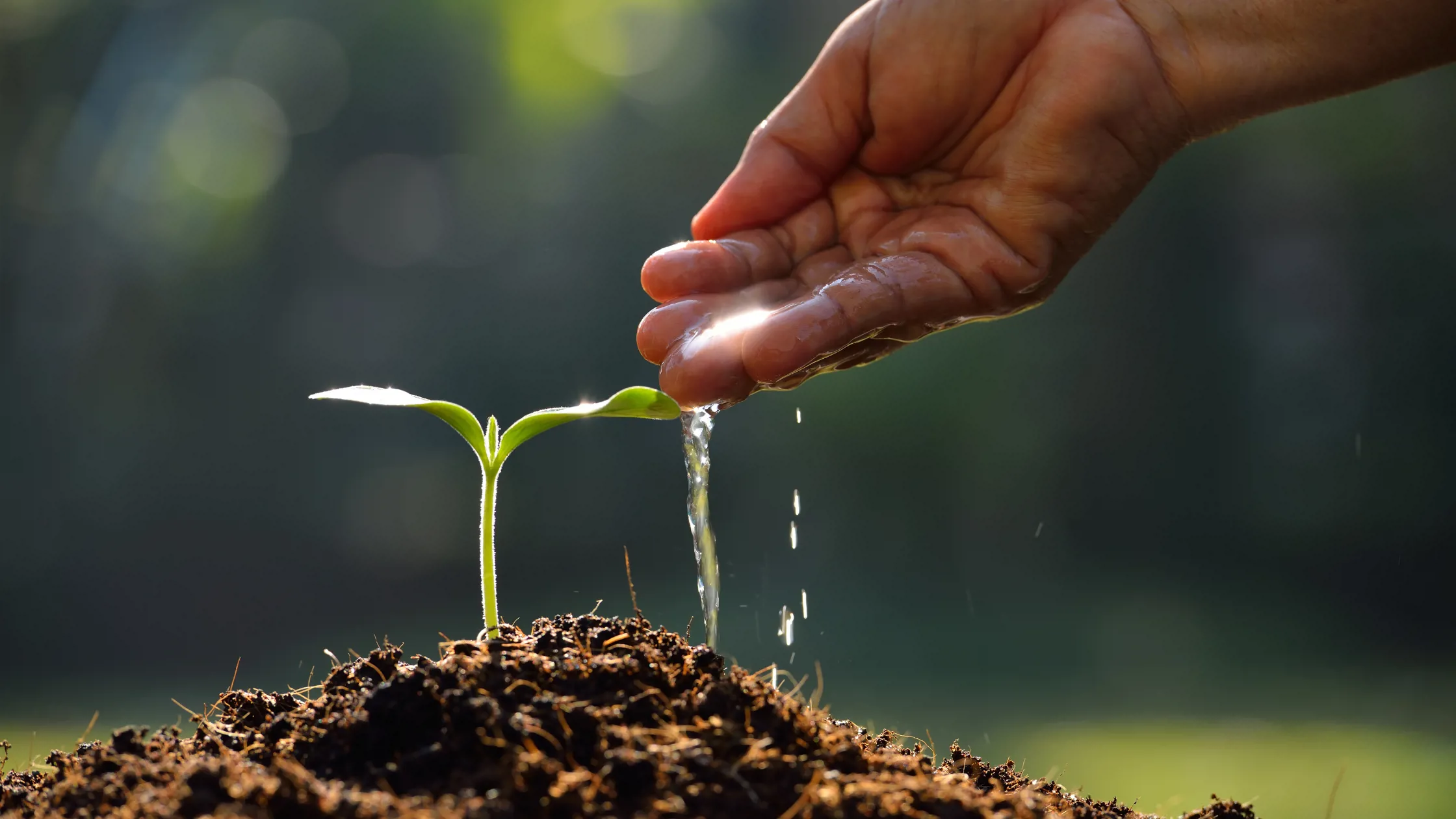You’ve probably heard about carbon offsetting in some form or another. Perhaps you’ve seen companies claiming to be ‘carbon neutral’ or governments making pledges to work towards ‘net-zero.’
There are lots of hopeful initiatives and projects taking place all over the world, with both individuals and businesses promising to work towards a greener society with fewer global carbon emissions.
It’s all going in the right direction, but what does it really mean, and how can you play your part?
What exactly is carbon offsetting?
In short, carbon offsetting is a way of compensating for the CO2 (carbon dioxide) that is emitted during the production of a material or product.
This is accomplished by reducing the emissions somewhere else. For example, the manufacturing of toilet roll or paper will generate CO2 and other greenhouse gasses.
To offset this, several trees may be planted as a way of absorbing the same amount of CO2 (or carbon dioxide equivalent) that was originally produced.
Of course, it’s not as healthy as avoiding CO2 emissions in the first place, but it’s certainly a good start and a step towards the carbon neutrality that will benefit the environment for all of us.
What is the difference between carbon offsetting and carbon zero?
The words ‘carbon offsetting’, ‘carbon credits’ and ‘carbon zero’ are often bandied around. With so much talk of climate change and net-zero goals, it can all get a little confusing.
While carbon offsetting (or carbon credits) is a way of compensating for carbon dioxide that cannot be avoided, carbon zero describes a product or service that never releases carbon into the atmosphere.
This can be achieved by using 100% green energy and ensuring zero fossil fuels are being used in the production or manufacturing process of a product.
Currently, this is easier said than done, but, with new technologies and companies increasingly pledging to cut their carbon emissions, we can all hope to move into a brighter and greener future.
How does carbon offsetting work?
For businesses and individuals, becoming carbon neutral usually means participating in carbon offsetting projects.
In other words, you can ‘pay off’ your CO2 footprint by contributing to schemes that remove CO2 and other greenhouse gasses from the atmosphere.
Take carbon offset flights for instance. As a flyer, you can voluntarily opt to carbon offset your trips by calculating your emissions and paying the equivalent into re-forestation projects or green energy companies.
Airlines such as Easyjet claim they’ll offset your flight automatically because they are already investing in various sustainability projects, thus leaving you with a clear conscience.
But does carbon offsetting really work?
Offsetting your carbon footprint after the event is easy enough, but critics have raised concerns over the effectiveness of these schemes and how they impact the planet.
A 2017 EU study found that 85% of offset projects very likely failed to reduce emissions, one of the reasons probably due to underestimating how much offsetting was needed to cancel out the original CO2 emissions.
Not to mention a selection of programmes that don’t actually send your money to offset. One such example being the Vatican case in 2007.
After retrieving publicity and permission to plant 1000 trees in Hungary as part of a carbon offsetting project, businessman, Russ George, instead sold his promise to polluters without ever actually planting the trees.
Furthermore, in Nature, Kevin Anderson says, “For an offset project to be genuinely low-carbon, it must guarantee that it does not stimulate further emissions over the subsequent century.”
This is a difficult feat to manage for airline businesses and other high CO2-emitting companies. It would mean a change in the way they work all together.
How can I use carbon offsetting for good?
These examples don't mean you should forget about carbon offsetting altogether.
There are lots of fantastic projects to put your money into that not only tackle the issue of CO2, but create jobs for people in poorer countries and enrich the local environment.
These programmes are monitored by trusted third-party organisations, giving you peace of mind and ensuring your money goes to worthwhile carbon offset projects.
First Mile can help you find trusted, monitored programmes with clear data on the impact, so you know the right things are being invested in. For more information, click here.
Other options for carbon emissions reduction
Aside from carbon offsetting, there are plenty of fool-proof ways to reduce greenhouse gas emissions and cut your carbon footprint.
By avoiding emission-producing activities in the first place, you’re already doing your bit for the planet.
These could include switching to green energy - there are many effective renewable energy options these days, with wind power and solar power being the most popular, but biofuels are also gaining ground in the voluntary carbon market.
Along with your choice of energy, you could also pay attention to energy efficiency to ensure you aren't using more than needed - a step that could save you money on your energy bills, too!
Learning to recycle more effectively or cutting out your plastic consumption can also contribute to carbon reductions and reducing carbon emissions.
Every little bit helps, so doing the best that you can, either as an individual or as a business, will ensure we are all heading in the right direction.



